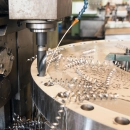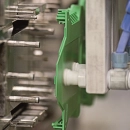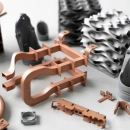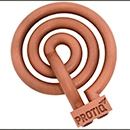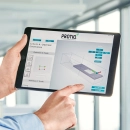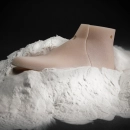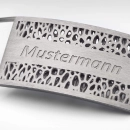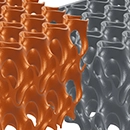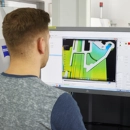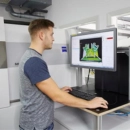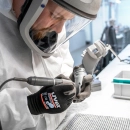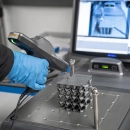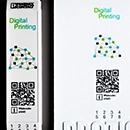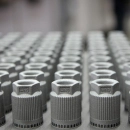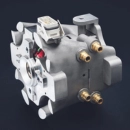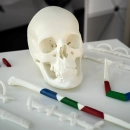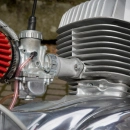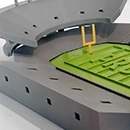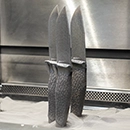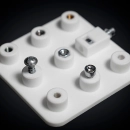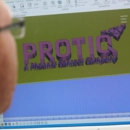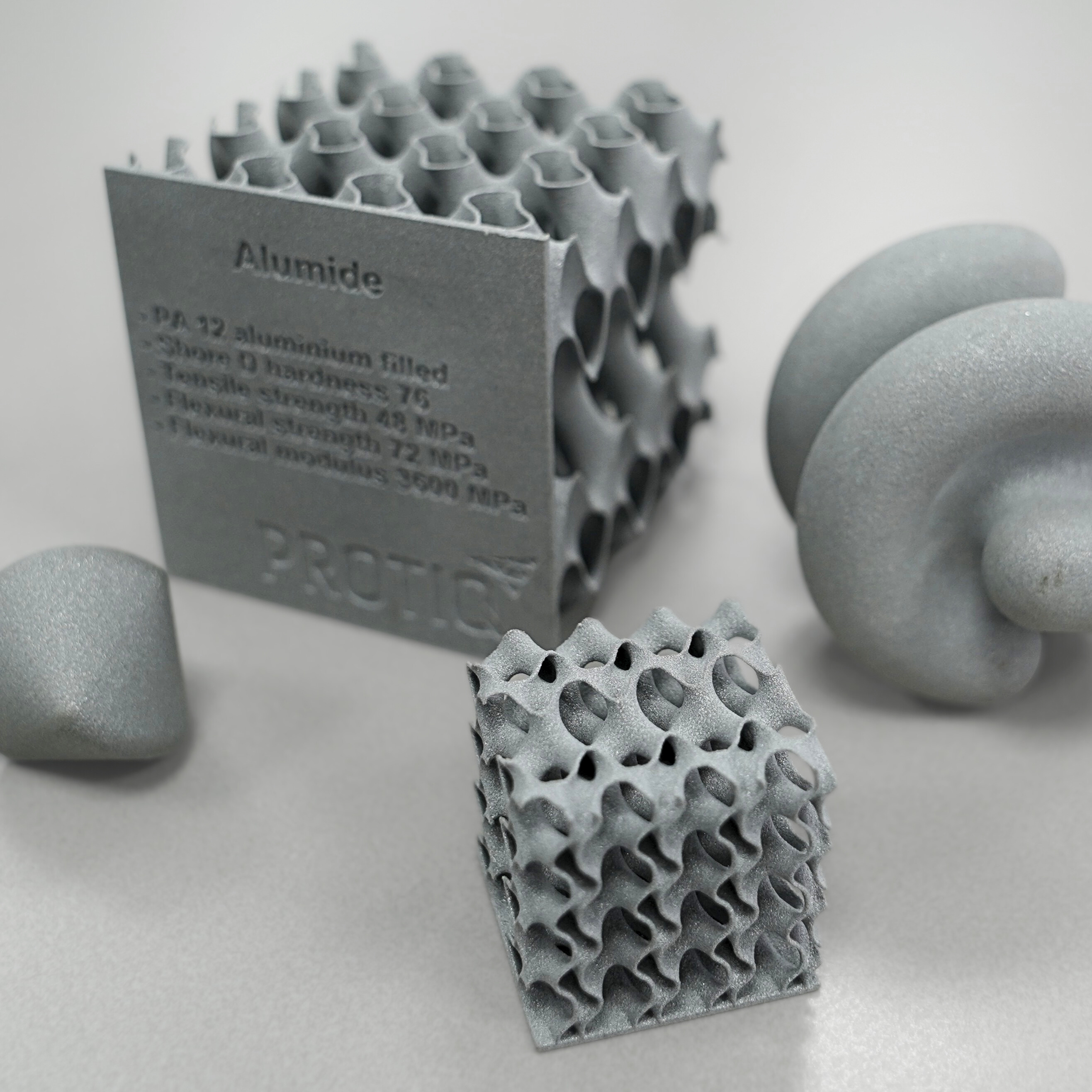Aluminum in 3D printing: light metal with potential
Aluminum is one of the most versatile materials in modern manufacturing. As a light metal with outstanding mechanical and physical properties, it is particularly predestined for lightweight construction. Aluminum is also becoming increasingly important in the field of additive manufacturing.
A modern material with versatile properties
Aluminum is a chemical element with the symbol Al and is one of the most common metals in the earth's crust. It belongs to the group of light metals and is characterized by its low weight, good workability and versatile applications. Since its industrial use in the 19th century, aluminum has become an indispensable material in numerous industries.
Aluminum has a number of physical and chemical properties that make it particularly attractive for technical applications. It is lightweight, corrosion-resistant and has high electrical and thermal conductivity. Aluminum is also easy to form, weld and recycle, making it a sustainable material.
Depending on the alloy composition, aluminum materials can have different mechanical properties. Some alloys can be additionally hardened by heat treatment, while others are particularly suitable for machining or forming processes.
Aluminum in additive manufacturing
Aluminum can be additively processed very well, especially using processes such as:
- Selective laser melting (SLM)
Advantages of aluminum in the SLM process
- Weight reduction through optimized design
- Function integration in a single component
- Fast prototype development and small series production
Material properties of aluminum AlSi10Mg
Tensile strength
410 ± 20 MPa (as built);
340 ± 20 MPa (heat-treated)
Elongation at break
6 ± 2% (as built);
7 ± 2% (heat-treated)
Density
2,67 g/cm³
Hardness
120 HBW
Thermal conductivity
103 ± 5 W/(m*K)
Areas of application
Prototyping
Aluminum is a preferred material in modern prototype construction. Its combination of low weight, high strength and good machinability makes it ideal for developing and testing new products.
Series production
In addition to traditional manufacturing methods such as die casting or extrusion, additive manufacturing is also becoming increasingly important for series production. Using 3D printing, aluminum components with complex geometries and integrated functions can be produced - ideal for small to medium-sized series where flexibility and design freedom are required.
Lightweight constructions
Aluminum is one of the preferred materials in 3D printing when it comes to lightweight construction applications. The low specific weight of the metal enables the production of components that have a high structural strength despite their lightness. This combination is particularly important in industries such as aerospace, the automotive industry and medical technology.
Aluminum combined with PA12 - Alumide
Alumide is a metal-filled plastic material consisting of PA12 and fine aluminum powder. It is processed using selective laser sintering (SLS) and offers a unique combination of mechanical stability, thermal resilience and metallic appearance.
Alumide enables the production of complex geometries without support structures. The components are durable, abrasion-resistant and accurate in detail. Thanks to powder bed technology, even small batches can be produced economically - with high dimensional accuracy and end-user quality.
Properties:
- High rigidity and dimensional stability: Ideal for mechanically stressed components.
- Increased thermal conductivity: Heat is dissipated more efficiently thanks to the aluminum content.
- Temperature resistance up to approx. 175 °C: Suitable for thermally stressed applications.
- Metallic appearance: Gray metallic surface with design character.
- Good reworkability: Grinding, polishing and coloring are possible without any problems.
- Slightly porous, matt surface: Functional and visually appealing.
Do you have an idea or a specific project? Talk to us! We will be happy to advise you.
Can aluminum parts from 3D printing be reworked?
Yes, the aluminum parts can be mechanically reworked very well - for example by milling, drilling or grinding. Surface treatments such as anodizing or polishing are also possible.
How does ordering via the PROTIQ Marketplace work?
It's simple: you upload your CAD file, select the material and process and receive a quote straight away. After approval, we start production - transparently, quickly and reliably.
Which CAD data formats are accepted?
We support common formats such as STEP, STL and others. Details can be found directly on the PROTIQ Marketplace or are available on request.
Are there minimum or maximum sizes for the components?
Yes, there are technical limits depending on the process and material. These are documented on our website - or you will receive an individual assessment after uploading your file.
Are aluminum components suitable for series production?
Yes, aluminum is ideal for series production - both in classic die casting and in additive processes. Particularly for medium quantities, 3D printing offers economic advantages thanks to reduced tool costs and flexible designs.



 Deutsch
Deutsch English
English

